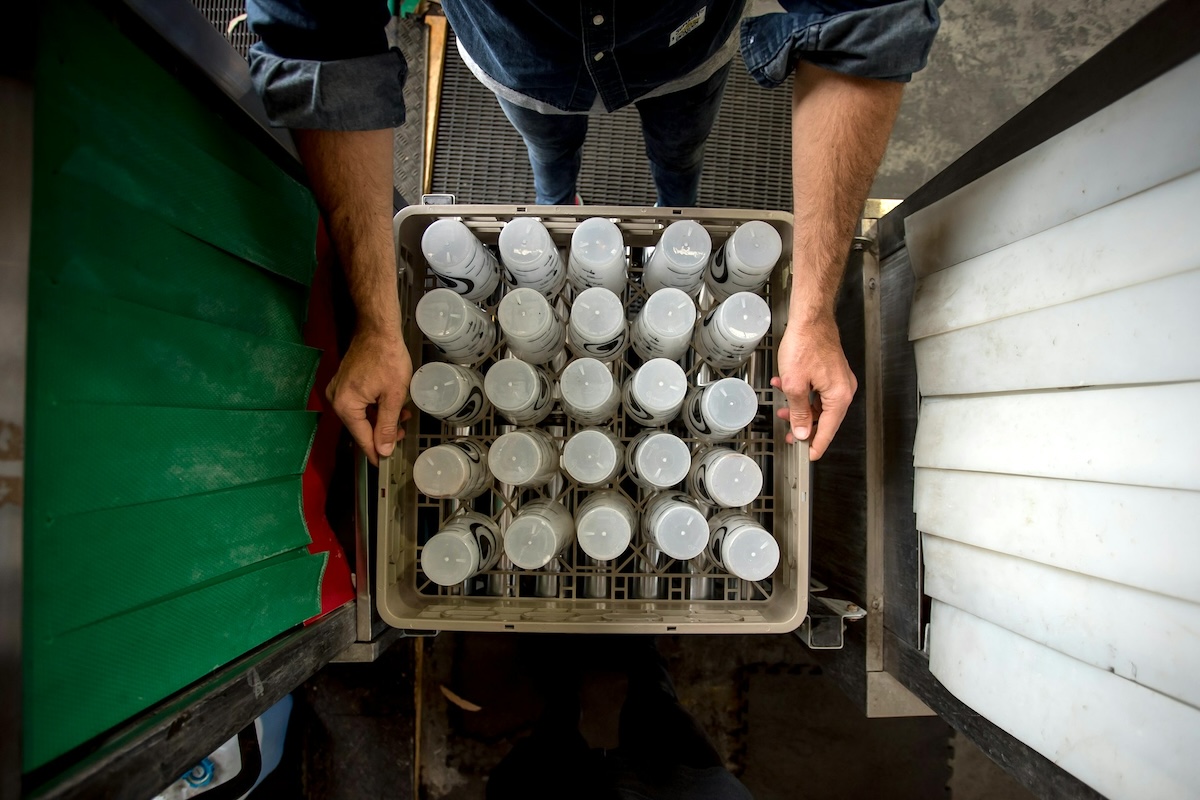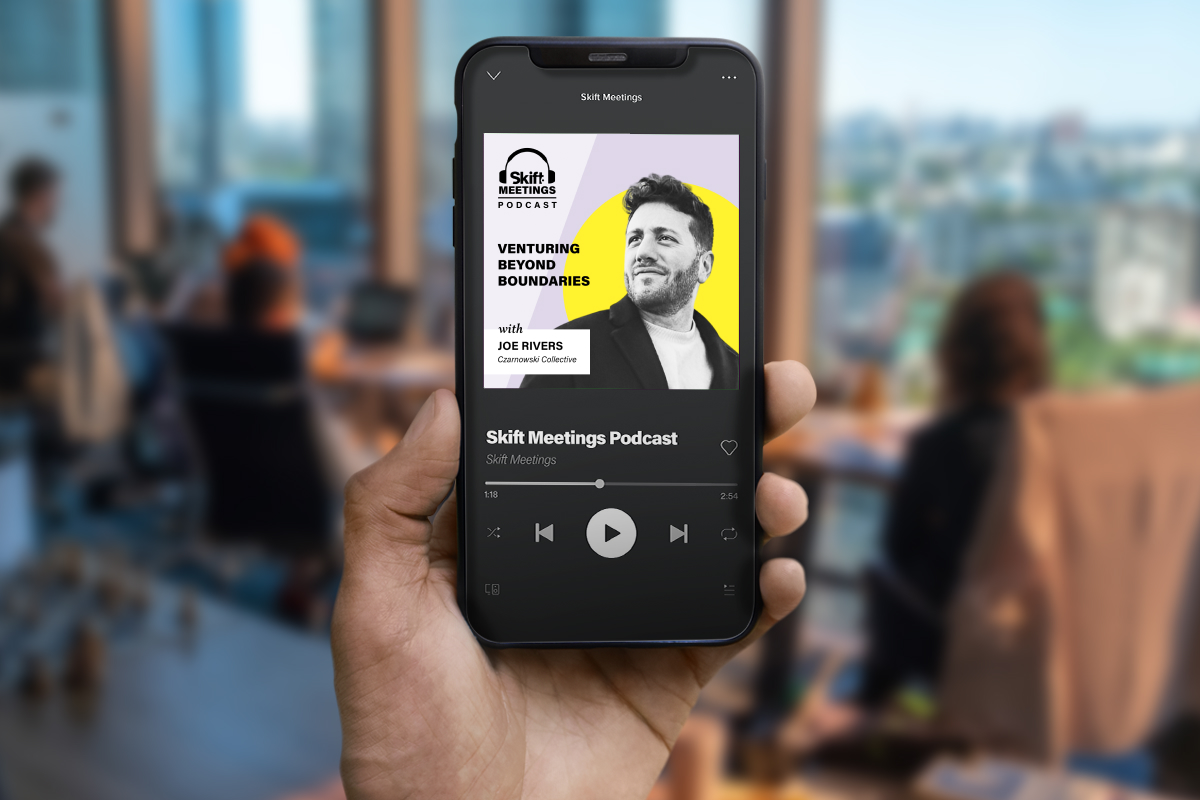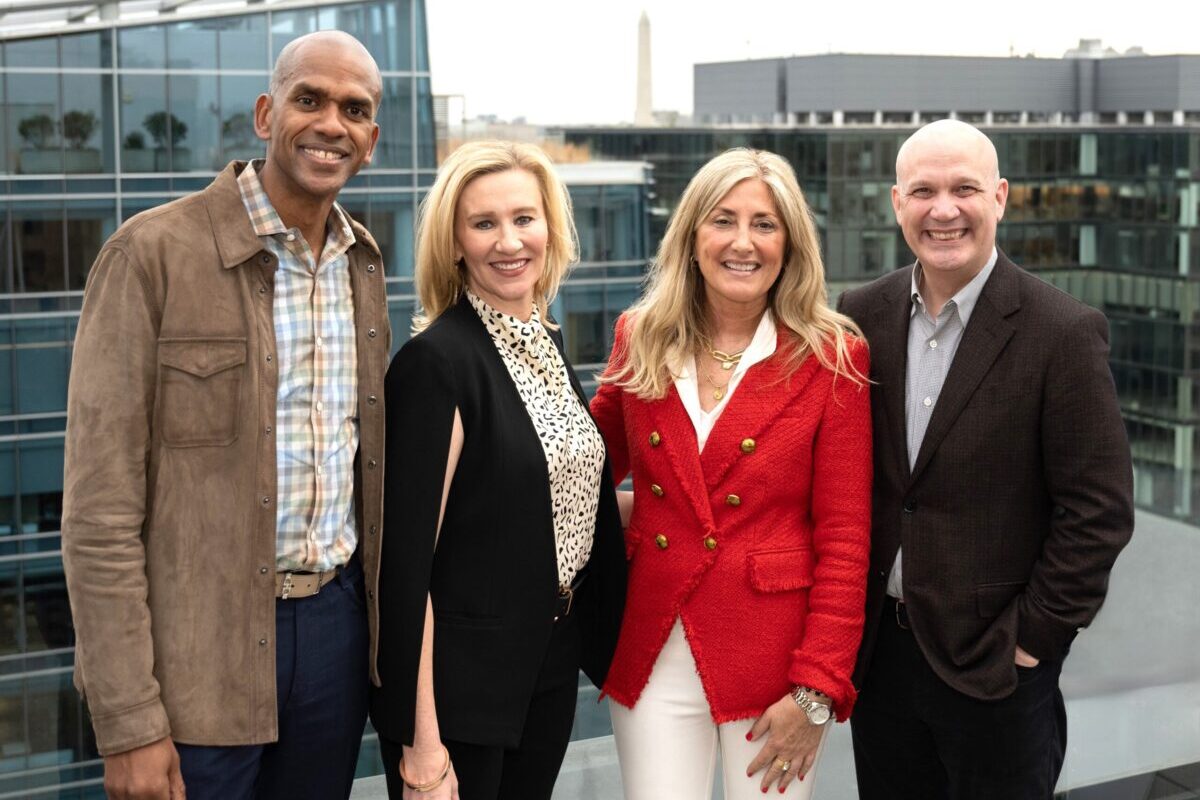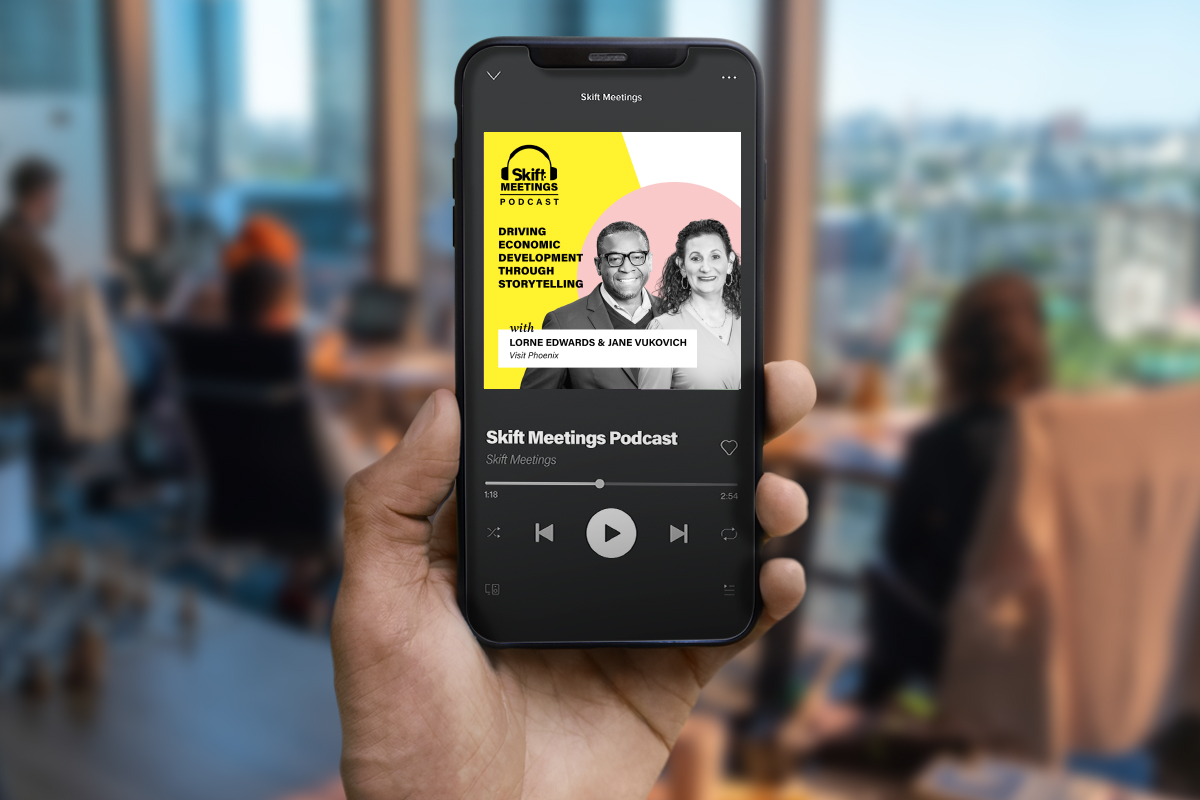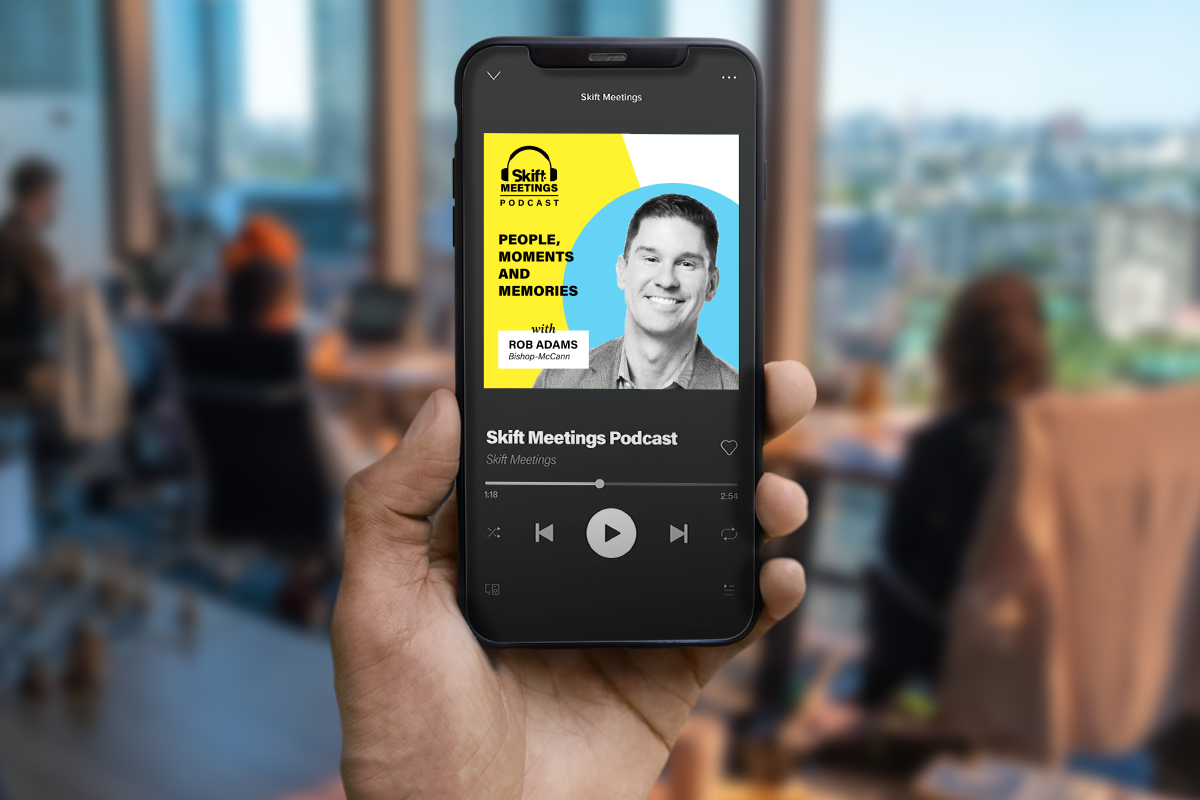SWG3 is a multi-disciplinary space located in Glasgow, Scotland. The venue is a collection of spaces which once operated as warehouses on the River Clyde and were initially taken on by managing director, Andrew Fleming-Brown around 2003 to be developed from a derelict building into artist studios.
The concept of a multi-disciplinary art space was a new in Glasgow, and Scotland as a whole when it opened, one in which Fleming-Brown has encountered whilst spending some time studying in New York. The past 19 years have seen the venue evolve in a variety of ways and it has since become an established cultural venue within the city and known to a much wider audience.
Subscribe to the Skift Meetings Podcast: Apple Podcasts | Spotify | Overcast | Pocket Casts | Google Podcasts | Amazon | RSS
Fleming-Brown talks through the venue’s journey which began with him originally leasing the space with no real business plan in mind, but a true love of the space. He eventually purchased the building seven years after that initial lease and has since added additional spaces. There are four main event spaces within the venue, each with varying capacities, as well as space available for the artistic community of which there are around 120 residents.
Being a multi-disciplinary space, Fleming-Brown also explains the wide variety of events that the venue can be host to, from live music and entertainment through to corporate events and arts programmes. They were also host to The New York Times during COP26, with the publication running a program of events during the conference.
This large variety of programming, 25% of which is curated by SWG3 directly with the other 75% being booked by promoters, sees a large and varied audience through the doors each week. This range of offering also contributes to the venue’s goal of positioning itself as a cultural destination for visitors to Glasgow, as well as a place for locals to visit.
Noting that the buildings that make up SWG3 were originally built as warehouses for the storing or goods and not as spaces to gather people, Fleming-Brown explains that this purpose shift was something that he was conscious of, which spurred his decision to asses the environmental performance of their buildings. This environmental awareness is an important part of the venue, with Fleming-Brown talking through what the venue has incorporated so far and what they look to do in the future.
He notes that environmental policy is are the forefront of all of their decision making processes, and in his view SWG3 comprises of a cultural program and a capital program, both of which enables the other and ensures the longterm viability of the cultural and creative practice on the site. Whilst the capital program has to be delivered with sustainability at the heart of it, Fleming-Brown believes this is even more essential for the cultural program, as it is the public facing element of the business and venue.
The goal is for SWG3 to become a carbon neutral venue. Following detailed data collection and analysis, they now have a route map to help guide them to this future. One of the elements that will contribute to this is the implementation of BODYHEAT technology, a low carbon heating and cooling system, that uses deep underground boreholes to store heat. This technology is a unique way of using the heat generated in the venue spaces is captured from the audience. This initiative alone has the potential to reduce SWG3’s carbon footprint by around 50 percent.
Whilst these are steps that the venue can take directly, Fleming-Brown adds that it also requires a cultural shift from their audiences, staff and residents to help achieve the overall goal. One of the challenges he notes is improving the ways in which audiences get to the venue through a sustainable transport strategy, a project that depends on local government support to improve the public transport links.
Community plays an essential role in the venue. As a multi-disciplinary space they are the home to over 100 residents that include artist and design studios as well as retail spaces. However, Fleming-Brown also looks to the wider community as part of SWG3’s journey, noting that the venue has developed alongside the wider area it is located within. He explains the development of their location, from bars and restaurants opening, to the development of the Scottish Event Campus to include the OVO Hydro arena, which has become one of the top 10 ranked arenas in the world. Whilst Fleming-Brown notes SWG3 can’t take all the credit for these changes, he does agree that the business has been the catalyst of development within their specific location.
Fleming-Brown is a firm believer that live events are unparalleled and he doesn’t see this changing. He notes that events are rooted in feeling and emotions, and each person experiences them differently, something that cannot be translated digitally.
However, he does note two areas of change that he has noticed. The first is the operational elements of event going being more efficient, such as the booking experience, the other is the change is attendees. Fleming-Brown explains that in the past, attendees would often visit the same venue or event time and again, in the sense that it would become their ‘spot’, but he notes that this has changed and instead people are going to different venues and events, sometimes multiples on the same night. As such events need to be dynamic and venues need to constantly reimagine the use of their space, which can be challenging, but in doing so you are attracting new audiences whilst also reengaging current and past audiences.
In the full episode you can hear more about the journey and development of the venue, the way they are utilizing the heat produced by the BODYHEAT technology, their approach to inclusivity and much more.
Head to your favourite podcast app to listen to this and all our episodes. Hit the subscribe button whilst you’re there to ensure you never miss an episode.

